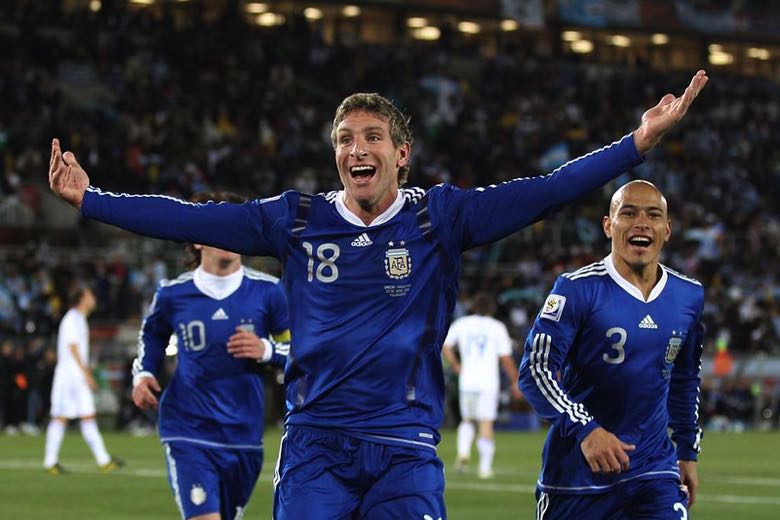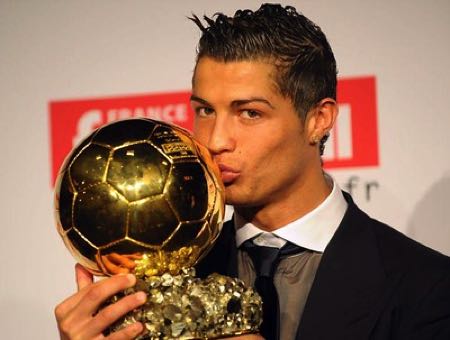Goals are the most important currency in football. A side can be incredibly strong at the back, but if they are not able to score goals consistently, then they won’t win games. On the flip side of this, if a team is awful at the back but always finds a way to outscore their opponents, then they will win games. Ultimately, if you can score goals then you always have a chance of being successful, while being strong defensively does not always culminate in wins, titles and silverware.
Perhaps the most well-known way to term a cluster of goals is the ‘hat-trick’, which is when a player scores three goals in a game. However, a lesser-known goal scoring term is the brace. A brace is when a player scores two goals in a match. It is therefore not as good as a hat-trick, with this seeing a player net three goals. However, the hallmark of the best players is their ability to score multiple goals in a game, with a brace part of this.
Why Is It Called a Brace?
The term ‘brace’ comes from the old English for ‘pair’. In English, it referred to two things that were killed or shot down in hunting. The translation therefore refers to successfully striking twice, something you have to do to score a brace in football.
Are There Other Terms for a Large Haul of Goals?

As mentioned, a brace refers to a two-goal haul, while a hat-trick means a player has scored three times. Unofficially, scoring four goals is referred to as a ‘haul’, while five goals it called a ‘glut’.
Do Own Goals Count in a Brace?
The simple answer to this is no. If a player were to score two own goals, it would not necessarily be classed as a brace. You may hear football fans or commentators refer to it as a ‘brace of own goals’, but the most common version of the brace is when a player scores twice in the opposition’s goal. This is also true if one own goal and one real goal are scored. If a player hits the back of their opponents net before then scoring an own goal, then it would still not count as a brace.
Who Has the Most Braces in the Champions League?
Measuring the importance of goals is not always easy to do as some will question the validity of a goal scored against San Marino in a World Cup qualifier in comparison to a goal against Brazil. However, few would argue with efforts in the Champions League, with this meant to be the best of the best in European football coming together. For a long time, we have been blessed with the greatest footballers on the planet choosing to ply their trade for European teams, with this meaning the major European competitions have been a showcase for the best.
Cristiano Ronaldo

With this in mind, there was only ever going to be one player at the top of the pile when it comes to goals in the Champions League. Cristiano Ronaldo is the best player in the history of the Champions League, with his record speaking for itself. A ridiculous 139 goals means he is the all-time leading scorer in the competition, while he is one of a select few players to have won five Champions League titles.
Alongside this, Ronaldo has also recorded the highest number of braces in the history of the competition. Ronaldo recorded his 38th brace against Atalanta for Manchester United, meaning he is now four clear of Lionel Messi in second with 34.
How Many Players Have Scored a Brace in a Champions League Final?
This sort of feat is something that most players dream about, but few ever really get near doing. Some of the great names to have played football have scored a brace in a Champions League final, although there are a lot of legends that did not manage it. Making the list are Daniele Massaro of AC Milan, who scored twice in his team’s 4-0 win over Barcelona in 1994, and Karl-Heinz Riedle of Borussia Dortmund who netted twice as his side beat Juventus 3-1 in 1997.
Hernan Crespo also boasts two goals in the final in 2005, but somehow ended up on the losing side as Liverpool mounted one of the greatest comebacks in Champions League history to beat AC Milan on penalties after the game ended 3-3. Filippo Inzaghi achieved the same feat for the same team against the same opponents two years later, leading his team to a 2-1 triumph. Jose Mourinho led his Inter Milan side to the title in 2010 and was indebted to a stunning double from Diego Milito as they beat Bayern Munich 2-0 on the night.
Cristiano Ronaldo then netted a brace against Juventus in 2017 in a 4-1 win over the Italian side, while Gareth Bale achieved the same the year after with a stunning overhead kick and then a speculative long range effort to see his side beat Liverpool 3-1 and cement his name in Champions League history.
The ability to net multiple goals in a game is one thing, but to do it in a major European final is a level few players have ever reached. Ultimately, the pinnacle of many player’s careers comes from the Champions League, and so to score twice in the competition or, better yet, the final, is one of the highest honours.

